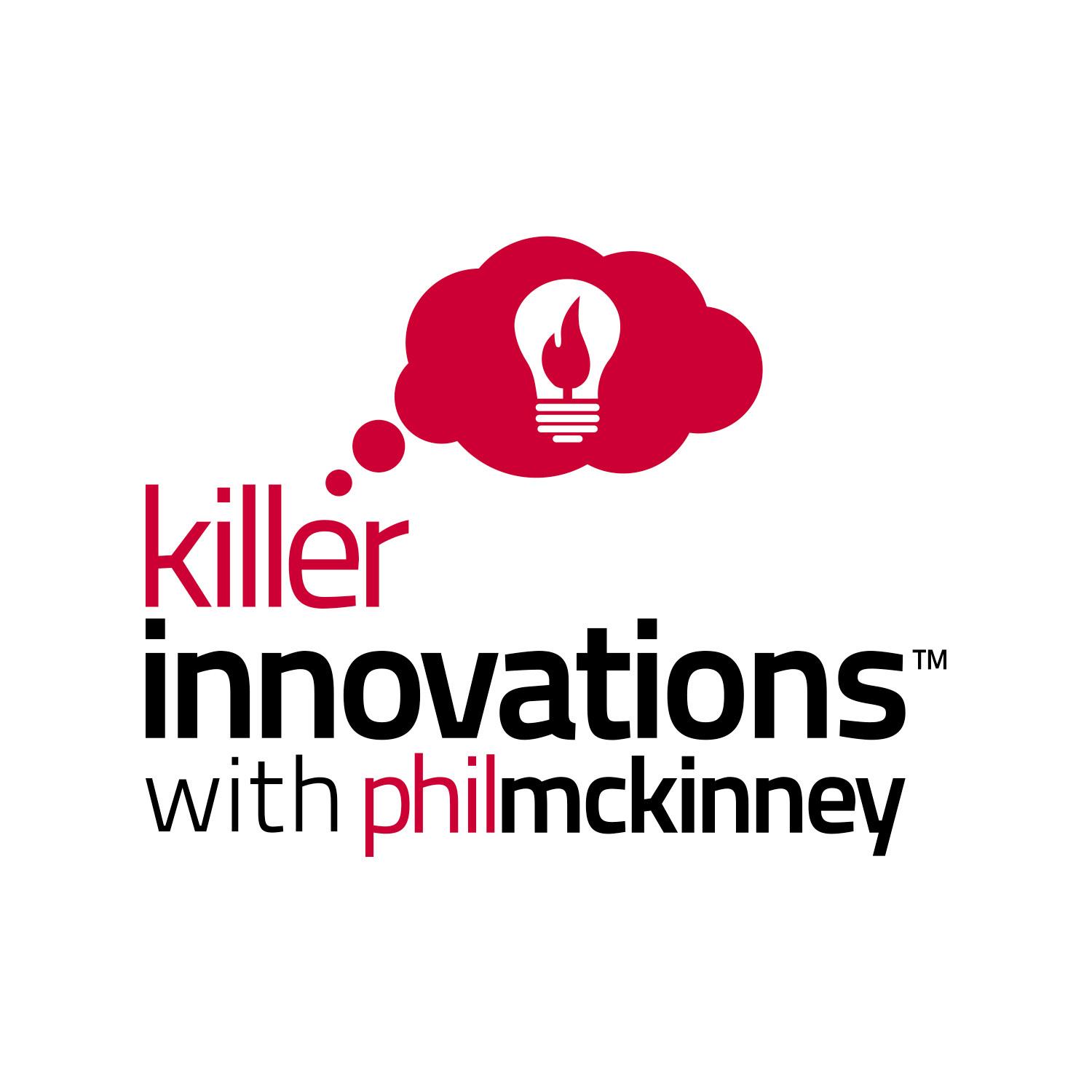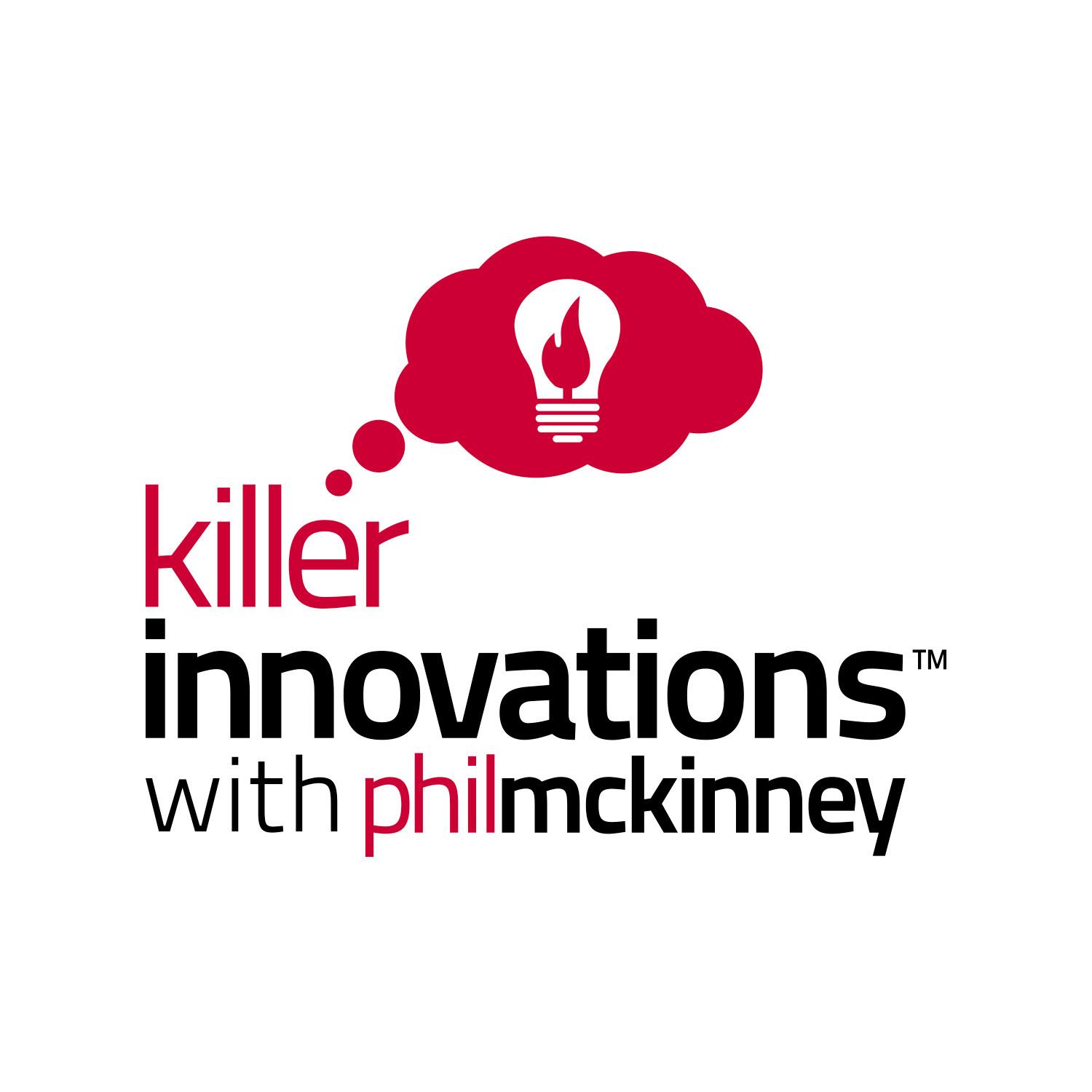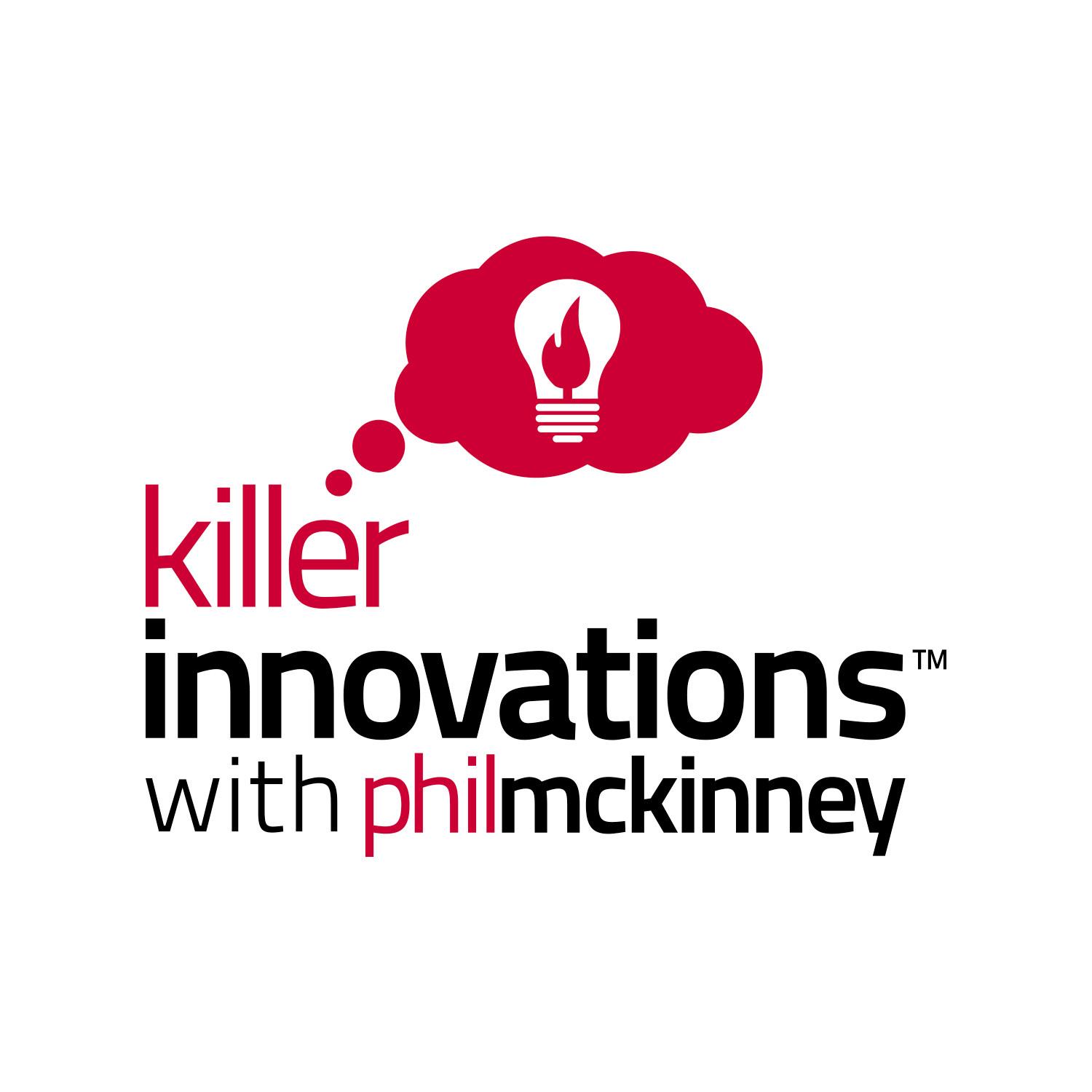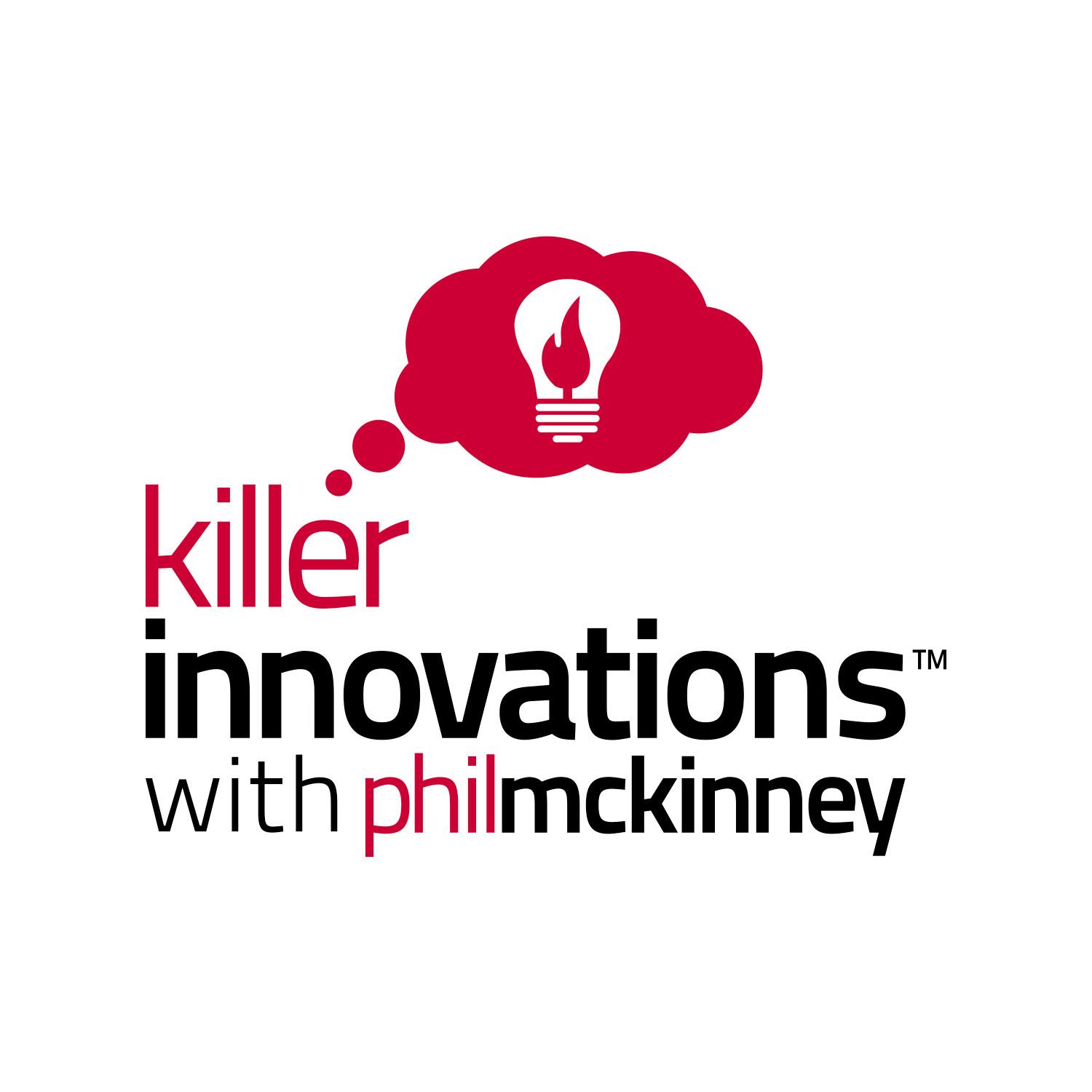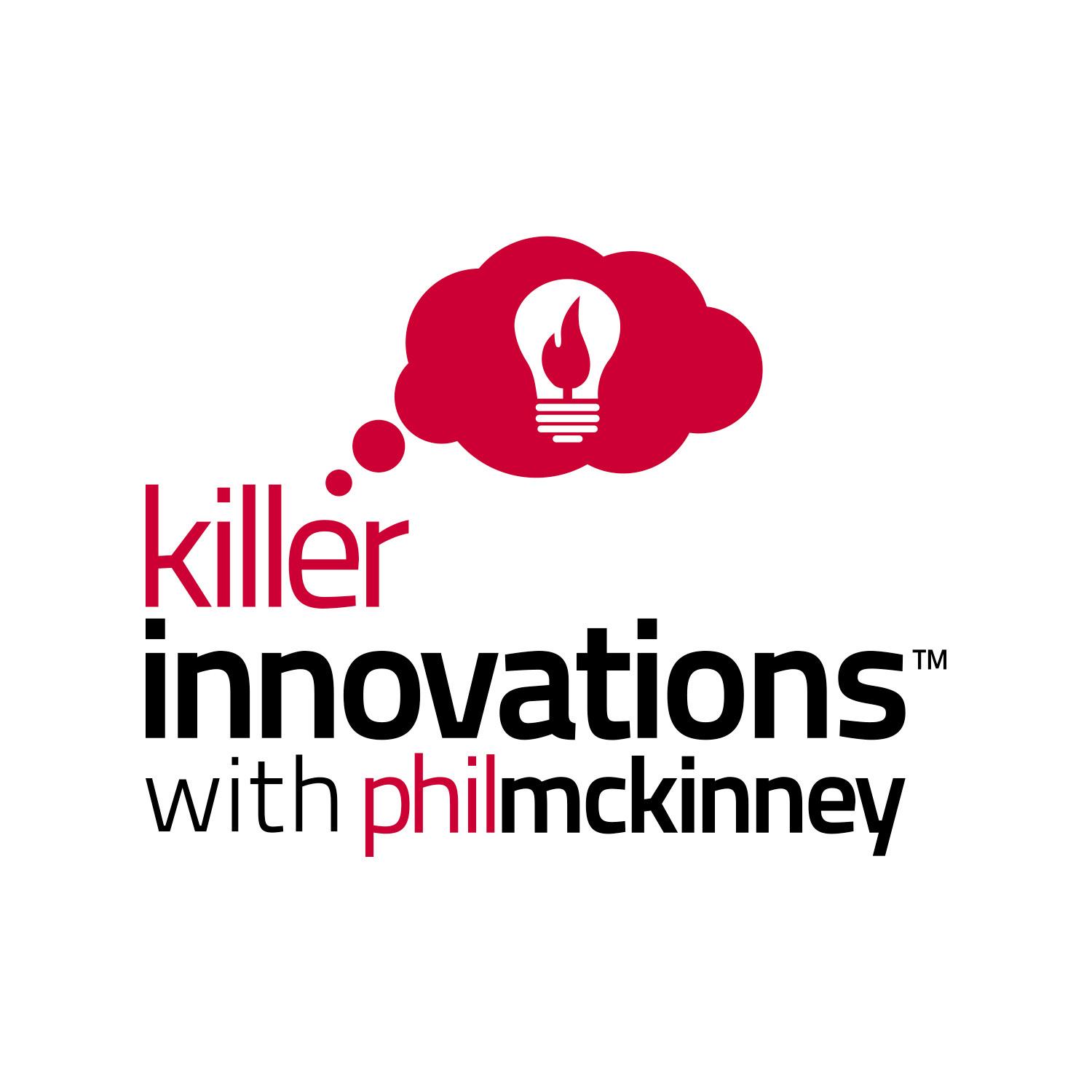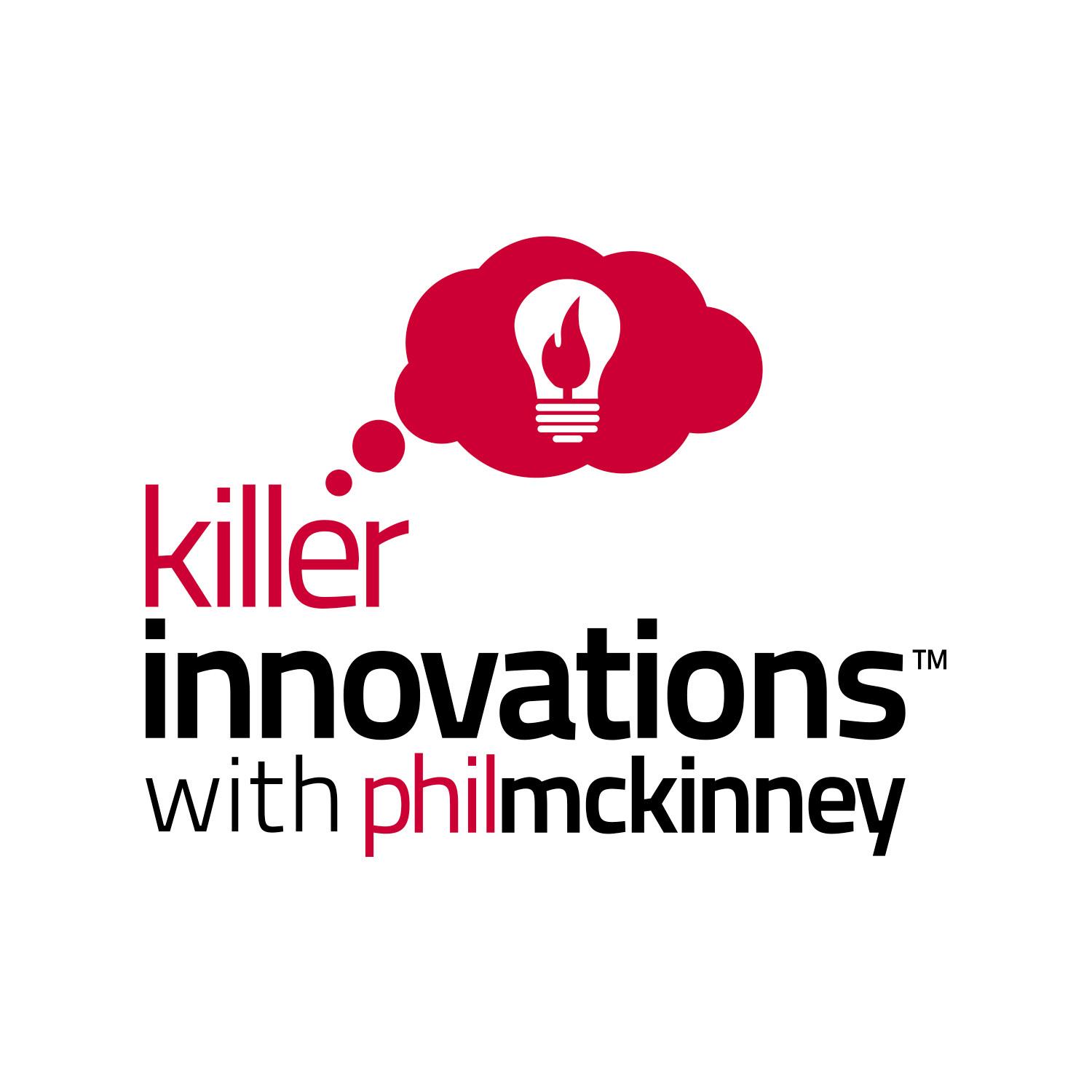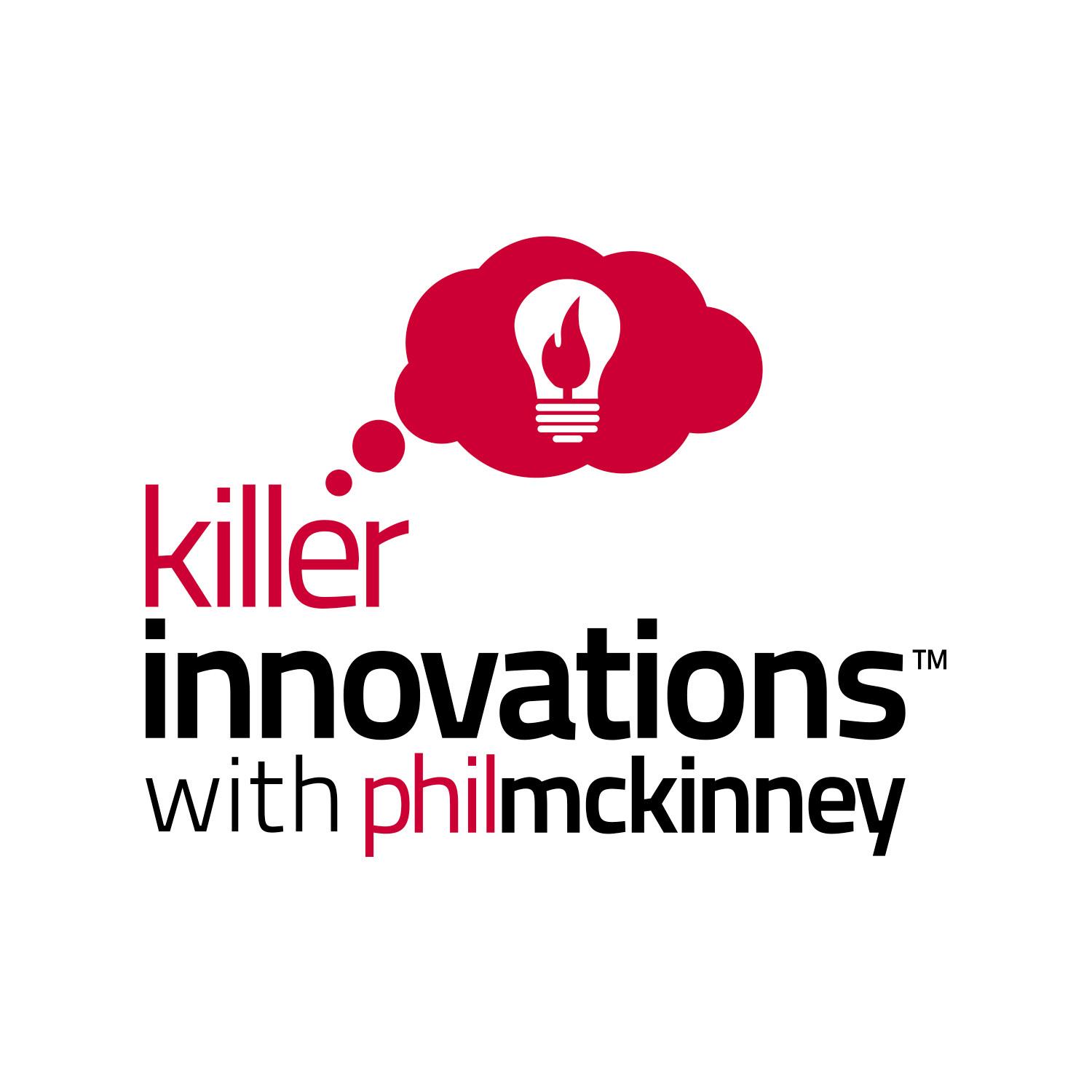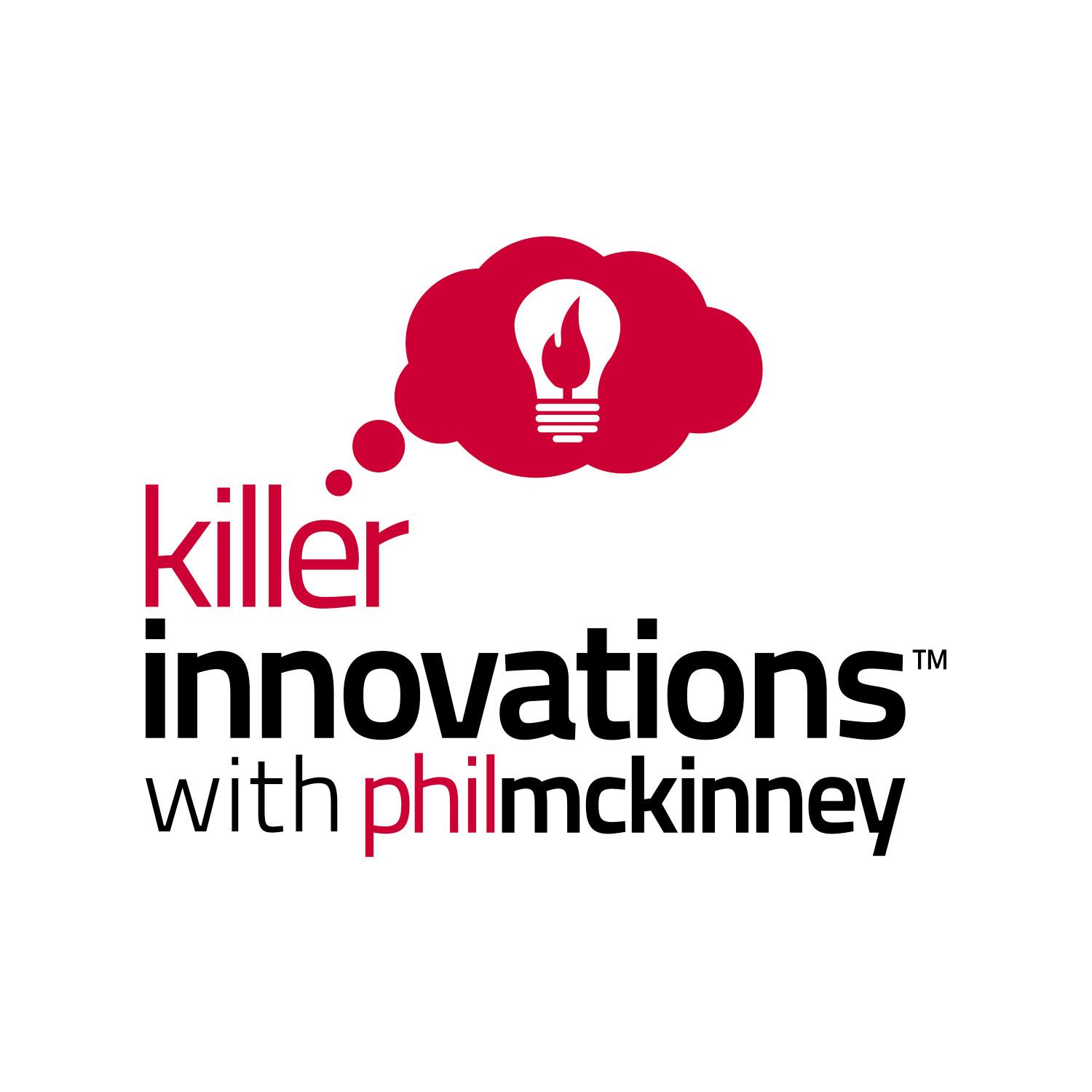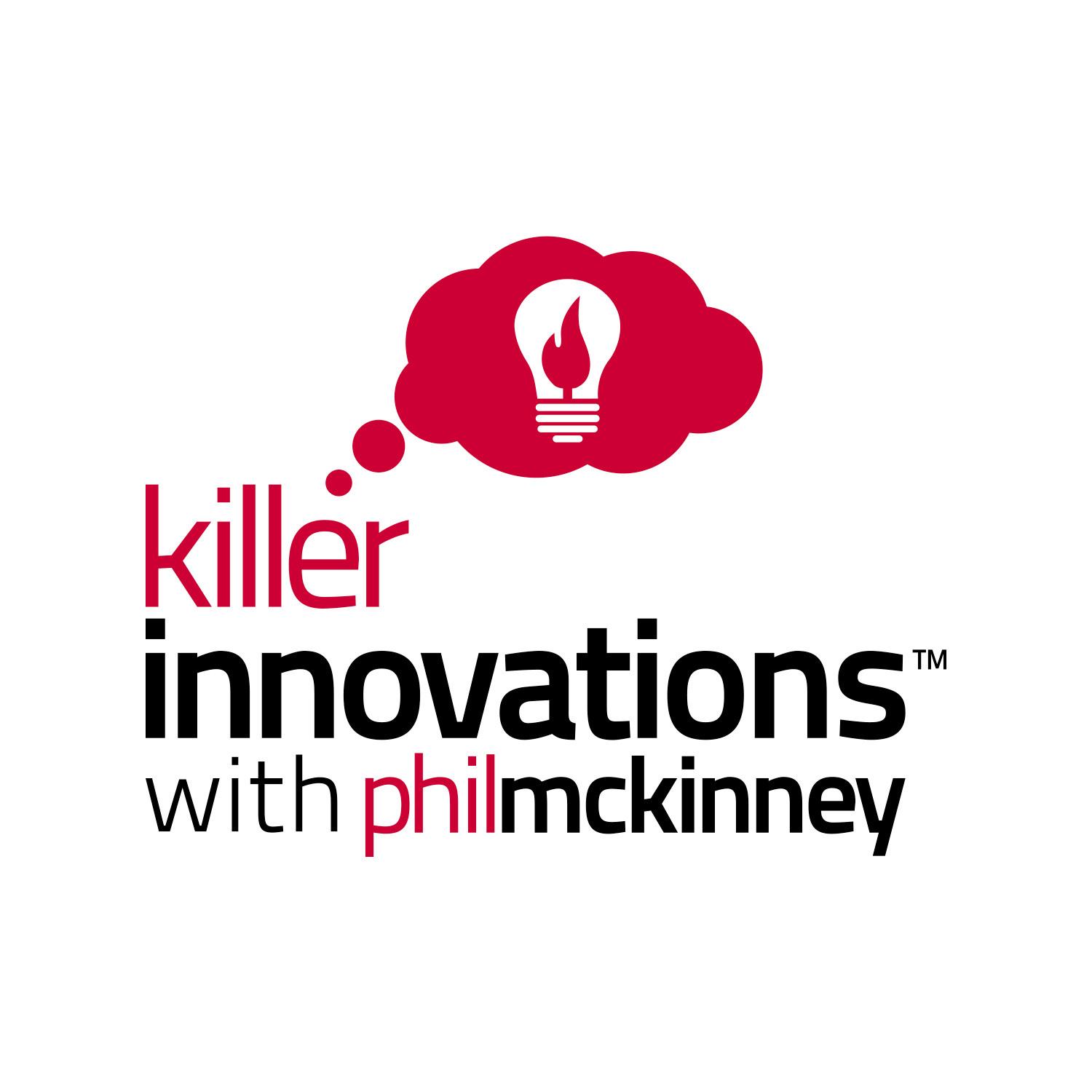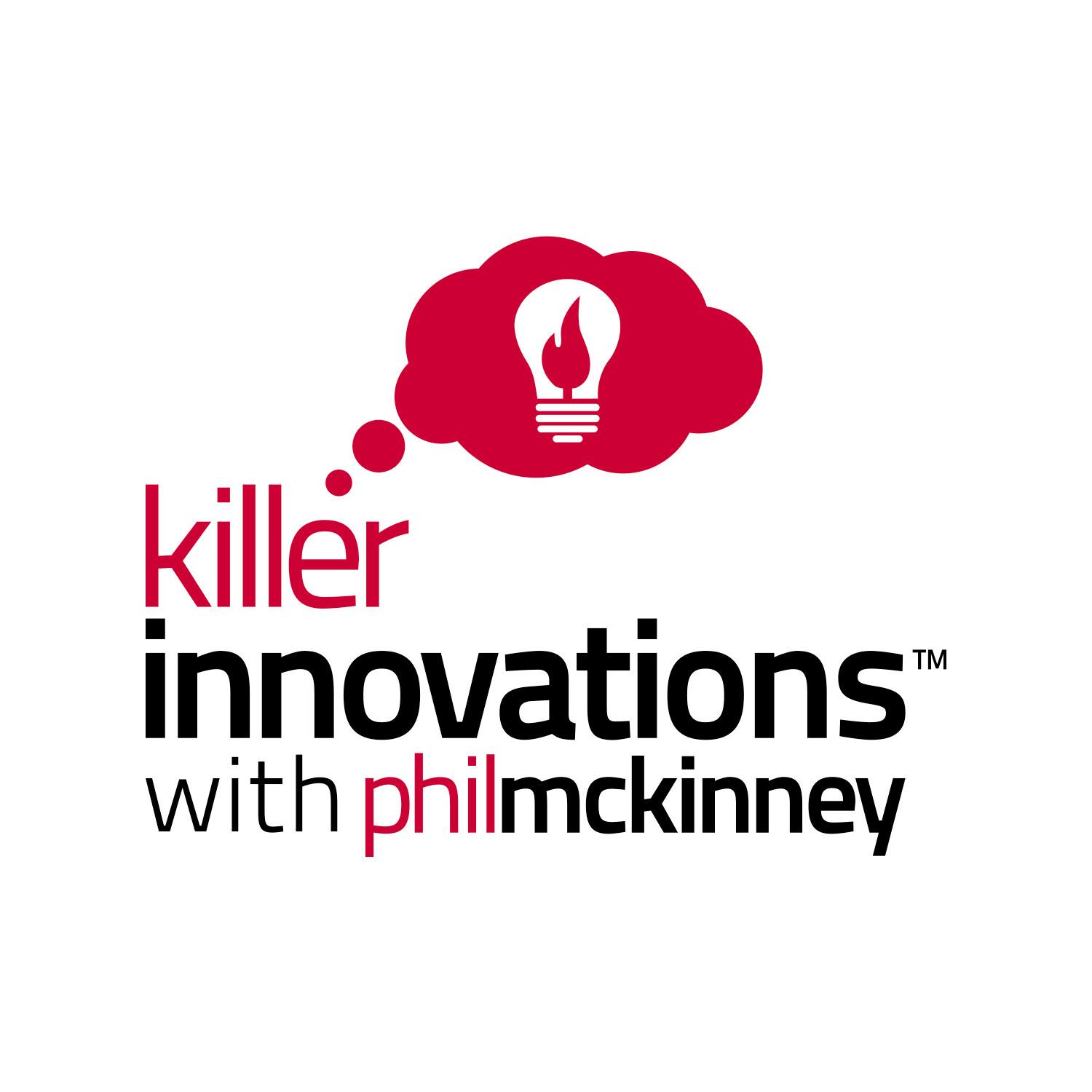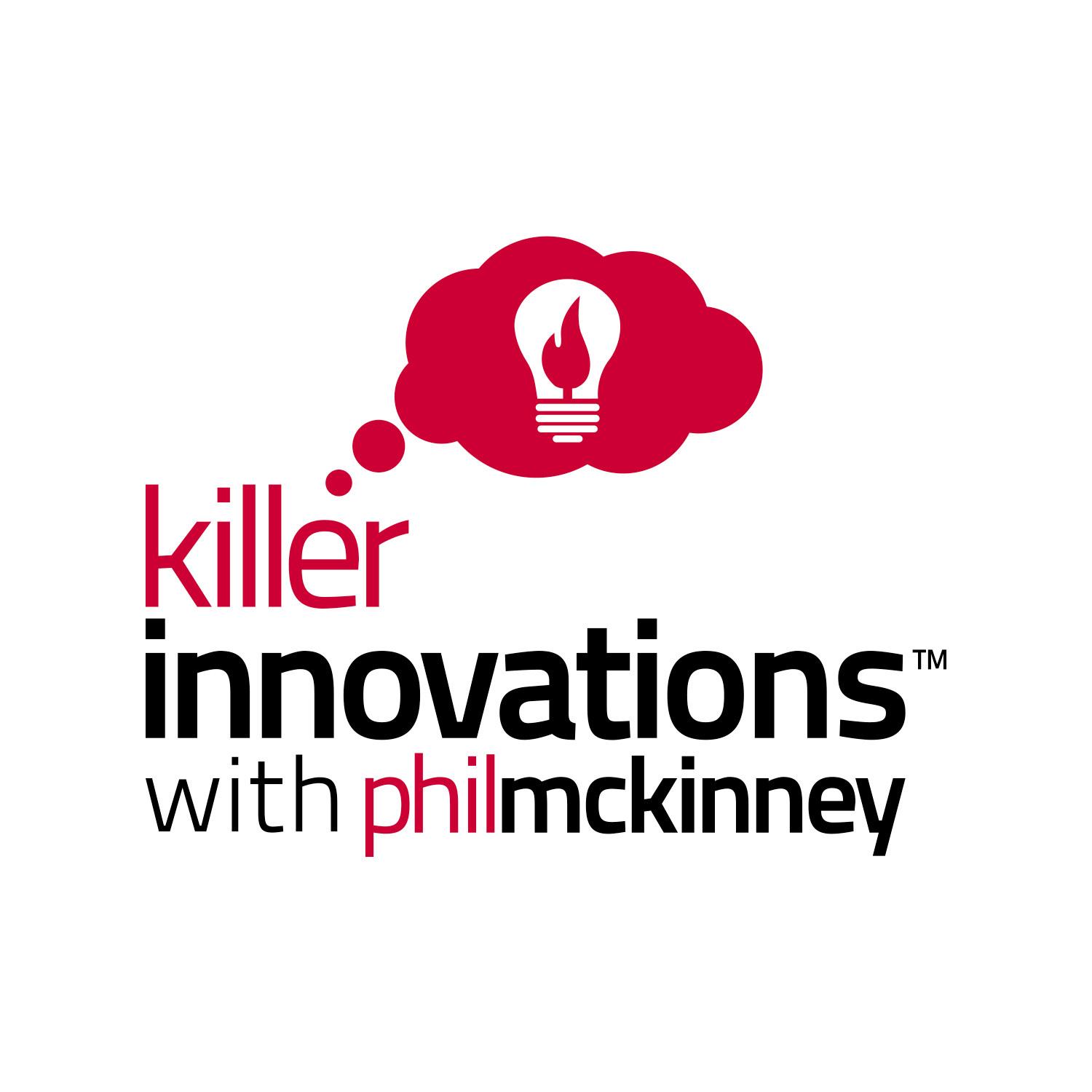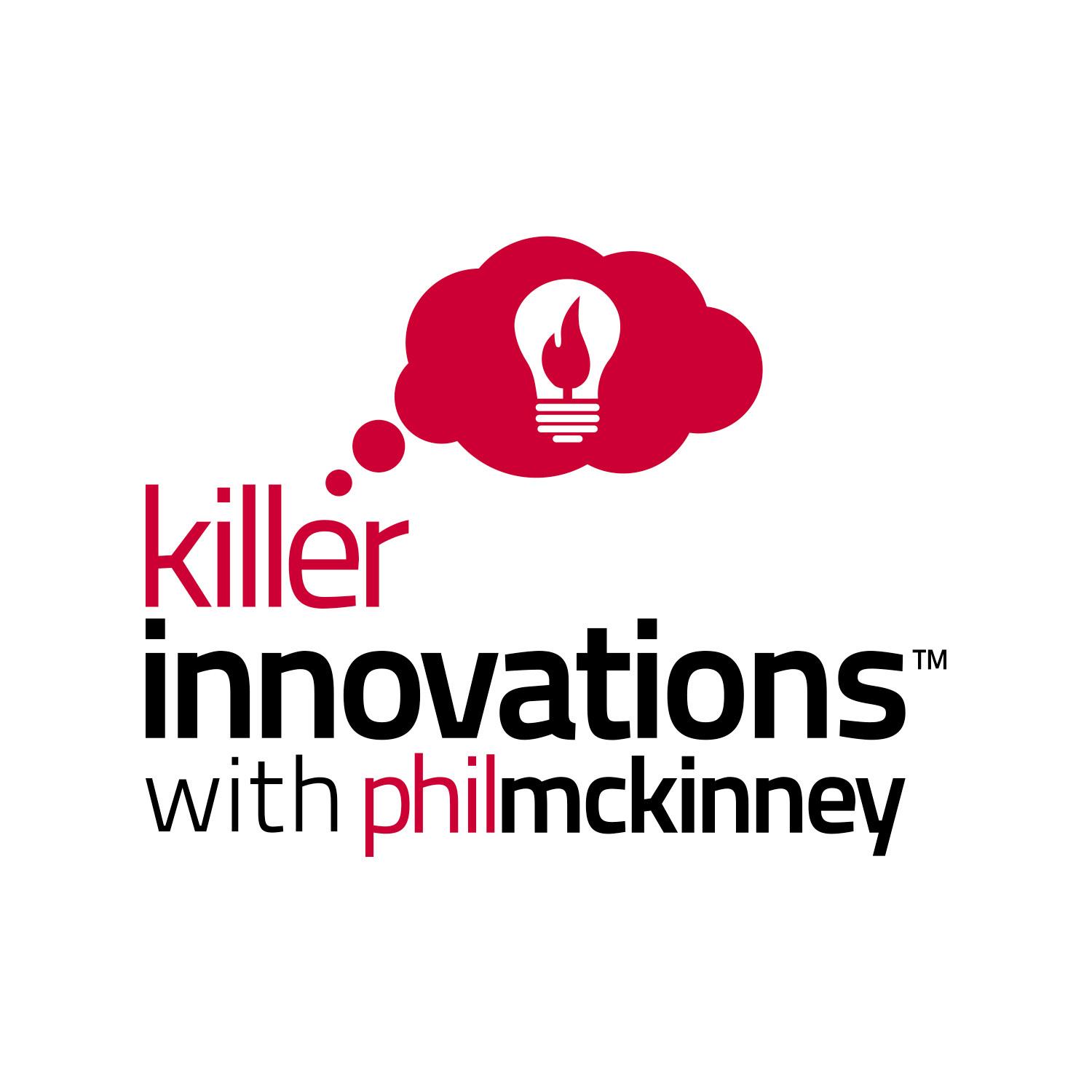Your Child's Creative Brain on AI: The Emergency Parents Don't See
Description
University of Washington researchers discovered something that should concern every parent: children who use AI to create can no longer create without it. And here's the concerning part: most parents have absolutely no idea it's happening.
If you've been following our series on Creative Thinking in the AI Age, you know I've been tracking how artificial intelligence is rewiring human creativity. We've explored the 30% decline in creative thinking among adults, the science of neuroplasticity, and practical exercises to rebuild our creative capabilities.
But today's episode is different. Today, we're talking about your child's developing brain. And I need to be direct with you—the next 30 minutes might be the most important parenting conversation you have this year.
Because while we've been worried about AI taking our jobs, it's already changing our children's minds. Unlike us adults, who developed our creative thinking before AI existed, our kids are growing up with artificial intelligence as their creative co-pilot from the very beginning.
Here's my promise to you: by the end of this episode, you'll know exactly how to tell if your child is developing AI dependency, you'll understand why their developing brain is more vulnerable than yours, and you'll have an assessment tool to evaluate your family's situation—plus immediate strategies you can start using today.
But first, let me show you what's happening in homes just like yours—and why this is both preventable and completely reversible.
The Crisis Hiding in Plain Sight
A few weeks ago, a mother shared a story that stopped me in my tracks. Her 10-year-old daughter used to spend hours drawing elaborate fantasy worlds, completely absorbed in her creative process. Now, when her mother suggests drawing something, the daughter responds, 'Can I just use AI to make it look better?' At first, this seemed like smart efficiency—why not use available tools? However, when the mother asked her daughter to draw a simple picture with no digital help, something alarming occurred. The child just stared at the blank paper and started crying, unable to create anything on her own.
This story isn't unique. It's happening everywhere, and parents are missing it because the signs look like success.
Before we go further, let me be clear: this isn't your fault. AI dependency developed gradually, and most parents missed the early signs because they actually looked positive.
Think about your own child for a moment. Has their homework gotten easier? Do they finish writing assignments faster than they used to? Are their projects suddenly more polished? If you answered yes, you might be looking at what I call the "homework mirage."
Here's what the homework mirage looks like: Your child sits down to write a story for English class. Instead of staring at the blank page like kids have done for generations, they open ChatGPT. They type: "Write me a story about a brave knight." In thirty seconds, they have three paragraphs that would have taken them an hour to write.
You see the finished assignment. It's well-written, grammatically correct, and creative. You think, "Great! They're learning to use technology efficiently." But here's what you don't see: your child's brain just missed a crucial workout.
Remember in our first episode when we talked about brain pathways being like muscles? When we don't use them, they weaken. This is happening to children at a speed that concerns researchers worldwide. (Reference: Newman, M. et al., 2024, "I want it to talk like Darth Vader: Helping Children Construct Creative Self-Efficacy with Generative AI," University of Washington)
Dr. Ying Xu from Harvard put it perfectly when she asked the critical question: "Are they actually engaging in the learning process, or are they bypassing it by getting an easy answer from the AI?"
And here's the concerning part—kids who use AI to complete tasks do produce higher quality work in the short term. But when you take the AI away, their abilities are worse than before they started using it.
But this goes way beyond homework. Children are experiencing what experts call the "Creative Confidence Crisis." Kids who used to love making art now say, "I'm not good enough" when they see AI-generated images. Children ask AI to help with simple creative tasks, such as making up games or telling stories.
The scale of this problem is significant. Recent research shows that 31% of teenagers are already using AI to create pictures and images. Sixteen percent are using it to make music. And parents? Most have no idea how much their children are depending on these tools.
As one researcher told me, "Parents and teachers are pretty much out of the loop, so young people are using AI platforms with virtually no guidance."
This brings us to a crucial question: Why are children more vulnerable to this than adults?
Why Your Child's Brain Is at Risk
In our second episode, we explored neuroplasticity—your brain's ability to reorganize itself throughout your life. But children's brains aren't just plastic; they're in active construction mode.
Think of an adult brain like a well-established city with roads and infrastructure already built. A child's brain is more like a city being built from scratch. The roads they travel most frequently become the highways of their adult thinking.
This is why the creative pathways your child develops now will determine their innovative capabilities for life. While AI can already outperform humans at data analysis, writing, and even coding, it cannot replicate the uniquely human ability to make unexpected connections, challenge assumptions, and imagine what doesn't yet exist.
The children who develop strong creative thinking skills today will be the ones who thrive in tomorrow's AI-dominated world—they'll be the innovators, entrepreneurs, and problem-solvers who can work with artificial intelligence without being replaced by it.
These future-critical abilities depend on four specific creative thinking systems that are strengthened or weakened based on how children use them. When children become AI-dependent, these four systems are at risk:
Cognitive Flexibility—your child's ability to switch between different thinking modes. This is what allows them to see a cardboard box as a spaceship, then a house, and then a robot costume. When children always ask AI, "What should I make?" instead of experimenting, this flexibility is weakened.
Associative Thinking—connecting seemingly unrelated ideas. This is how kids come up with wild and wonderful ideas, like "What if cars could swim?" When AI provides ready-made connections, children stop making their own unique associations.
Divergent Thinking—generating multiple solutions to open-ended problems. AI excels at convergent thinking—identifying the best answer. But human creativity thrives on divergent thinking—exploring all possible answers.
Constraint Breaking—the ability to identify and overcome hidden assumptions limiting their thinking. This is what lets children question rules like "stories have to make sense" or "art has to look realistic." When AI always provides solutions within conventional parameters, children stop challenging the boundaries of what's possible.
When these systems weaken, children develop what is called "Creative Bypass Syndrome." They learn to jump straight to AI whenever they encounter creative challenges. Their brains literally rewire to avoid the hard work of original thinking.
But there's another crucial element that supports all four of these systems: frustration tolerance—your child's ability to persist through difficult problems without immediate relief. This is where the real creative magic happens. Those moments when your child sits with a problem, feels stuck, pushes through the discomfort, and discovers something unexpected. AI eliminates this essential struggle by providing instant solutions.
Think about the last time you watched your child work through a challenging puzzle or try to build something that kept falling down. That frustration they felt? That's their brain building resilience and creative persistence. When children can immediately turn to AI for answers, they miss these crucial mental workouts.
But here's the encouraging news: because children's brains are so adaptable, they can also recover faster than adults. The creative pathways that have

